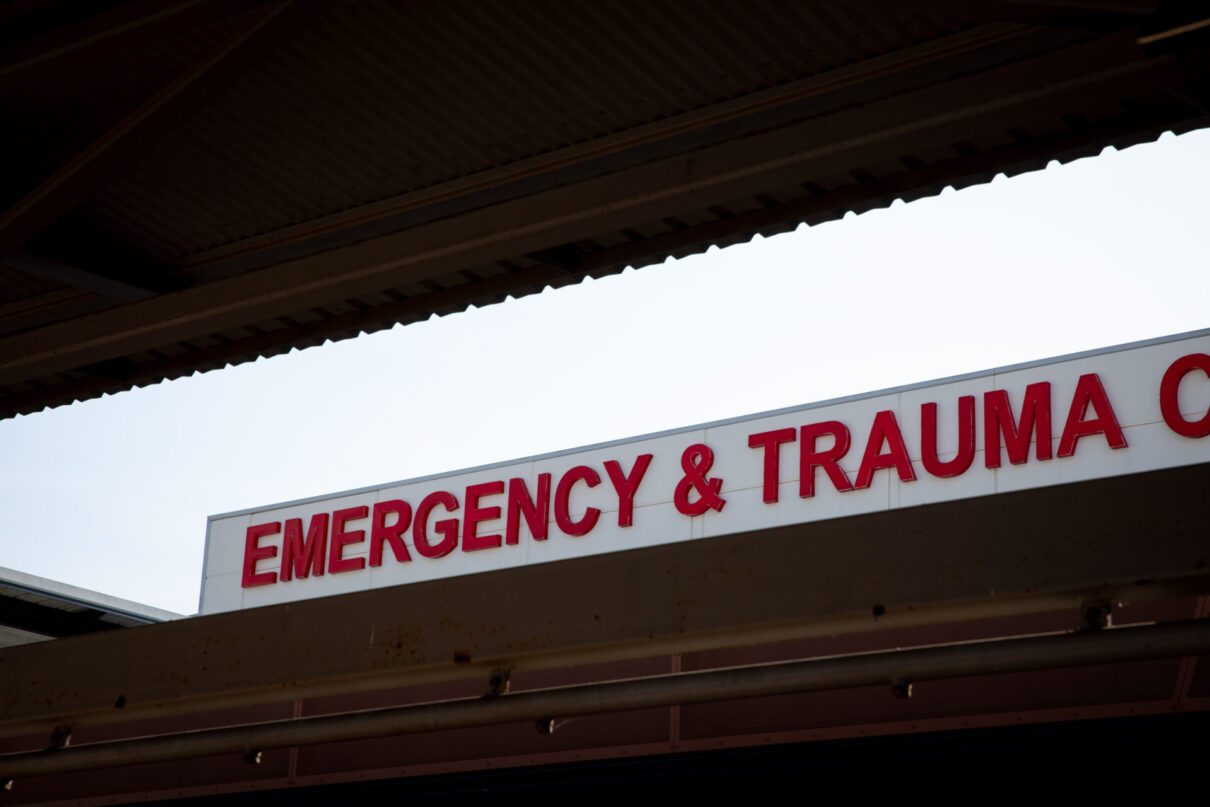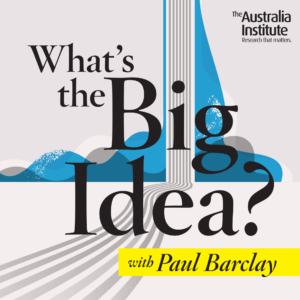We are all consumers. Every one of us.
This role is so important that our status as “consumers” has been elevated as the dominant identity in our society, trumping others such as “patient”, “student”, “citizen” or “voter”. This evolution in language has been well-documented and reflects the deep ideological change of public services from a collective right to a market transaction.
If we are to believe the rhetoric from government and the private sector, this is a positive development. Because consumers have power. Our money, our attention spans, our time and our sense of identity are constantly courted. Our spending habits and our reviews can apparently make or break a business.
Accordingly, our rights as consumers are enshrined in law and upheld in regulation. In Australia, if the goods and services we procure don’t work as advertised, we are entitled to a refund or a replacement. We are told we are protected from misleading and unfair practices.
Recently, after what could be described as two separate but equally bruising admissions to a Canberra hospital, I was invited to provide feedback about my experience to the Canberra Health Services’ “Consumer Feedback and Engagement” team.
The language was polite, procedural and carefully impersonal, seeking to “improve the way we provide care to you and other consumers”. What is clear, however, is that a “consumer” in this context has only the illusion of individual agency. Inviting feedback – as if the patient had just checked out of a hotel – reframes structural disempowerment as a matter of personal opinion, and renders systemic failures as isolated experiences.
Having already raised concerns repeatedly as an inpatient to numerous different levels of administration, I could have relived and restated it all again in an email to the anonymous consumer feedback team, but based on my own and others’ experiences, I knew where it would probably go. Sanitised, summarised and filed away – into the void. No accountability. Certainly not an apology.
I have spent the past 18 months navigating the health system, and if I really had all the rights of a “consumer”, almost every interaction would have qualified for a refund.
If I had experienced coercion, aggression or incompetence in a hotel, I would probably be protected by consumer law. I and countless others in worse situations have no such protections in the health system, despite paying directly or through our taxes. The reality is governments, public sector agencies and providers enthusiastically adopt the language of the market but conveniently avoid the obligations of consumer protection.
There is no refund for the exhaustion, confusion or trauma so many Australians quietly endure as they navigate these public services during some of the most psychologically fraught and vulnerable moments of their lives.
Public services are not commercial transactions. In health, aged care, disability support and education, the language of the market is not empowering, it denies the reality of people’s lives and flattens the complexity of their needs. The reframing of humans as “consumers” is not just a linguistic shift, it is a political one. It subtly but deliberately transfers responsibility from systems to individuals. It frames public services in market terms like “choice”, “competition” and “satisfaction”, while offering none of the actual protections that come with being a consumer. It makes us feel as if we have control while actually stripping us of it.
And overwhelmingly, the relevant regulation protects institutions and professionals, not the people who use them. We are called “consumers” and “customers”, but doctors, allied health practitioners and service providers are treated as “trusted experts” whose professional status shields them from direct accountability.
Poor customer service, misdiagnosis, denial of care or even clear instances of harm rarely result in meaningful consequences. Complaints seem to disappear into opaque bureaucratic processes, governed by commissions or under-resourced professional standards bodies. Unlike faulty products or poor service, failures in public services don’t trigger consumer rights protections, compensation or rectification. The language may be market-based, but the power still flows one way.
The unravelling of Australia’s tertiary education sector is a demonstration of what happens when public services are marketised, and who such a system ultimately serves. While vice-chancellors of Australian universities enjoy million-dollar salaries, staff are burnt out and students are burdened with lifelong debt for substandard “service”. Universities offer the illusion of consumer power and swift responses to feedback, but their response is not to improve structural support or pedagogy. It is to cut costs, blame staff and inflate marks to maintain satisfaction metrics.
An institution once grounded in public purpose has been hollowed out by thirst for revenue, industry influence and corporate-style governance, all justified through the language of consumer choice, satisfaction and market efficiency.
The theory goes that markets allocate services efficiently while ensuring high quality at a fair price. In practice, these optimistic outcomes rely on the assumptions of economists’ “perfectly competitive model”. As we have seen time and time again, these assumptions have little resemblance to real-world complexity. And unlike dining out or online shopping, we can’t simply opt out of public services when they fail.
Patients in an emergency ward can’t shop around for alternatives, because hospitals hold a monopoly on many forms of care. How does a stroke victim complain about poor treatment?
How does a child with learning difficulties choose the best care when there’s only one underfunded option?
An aged-care resident can’t simply take their business elsewhere when staff are abusive.
A public housing tenant can’t opt out of broken infrastructure or unsafe conditions. Like the student in a regional school or the patient in a stretched hospital, they are stuck with monopoly providers.
Markets assume rational, informed consumers. But not all people can be rational or informed when their basic functioning or freedom is compromised and when alternatives simply do not exist.
And there is no refund for the exhaustion, confusion or trauma so many Australians quietly endure as they navigate these public services during some of the most psychologically fraught and vulnerable moments of their lives.
As the free-market capitalist Milton Friedman said, “Many people want the government to protect the consumer. A much more urgent problem is to protect the consumer from the government.”
He wasn’t wrong, though perhaps not in the way he intended.
For decades, Australian governments have treated public services not as social goods, but as products to be managed, outsourced and priced for efficiency. Multiple public inquiries have laid bare how this approach has replaced care, continuity and accountability – with devastating results. This neoliberal approach to essential services doesn’t just fail – it traumatises, dehumanises and kills.
These are not accidents. Very real choices have been – and continue to be – made by politicians, public executives and senior bureaucrats to uphold a system that routinely harms the very people it is meant to serve – often explicitly to protect reputations and salaries. These officials are not neutral administrators. They are actively choosing to maintain a system that prioritises institutional protection over human wellbeing.
Perhaps if we, the so-called “consumers”, started leaving reviews, naming the frontline staff who dismiss, intimidate or retraumatise us, those workers might grow tired of absorbing all the blame. Perhaps then they would begin pointing to the decision-makers who remain anonymous while quietly engineering the system and the harm from above.
The language of the “consumer” implies choice, dignity and recourse.
The reality is we are just trapped in a system that no longer sees us as people.
Between the Lines Newsletter
The biggest stories and the best analysis from the team at the Australia Institute, delivered to your inbox every fortnight.
You might also like
We need political courage, not caution | Polly Hemming
When it comes to solving the biggest national problems, a bit of courage leaves political caution for dead. Now’s not the time for politeness.
Integrity at home shapes global outcomes – Polly Hemming | Climate Integrity Summit 2025
Despite frequent claims that Australia is ‘too small to make a difference,’ historical evidence demonstrates our nation’s outsized role in influencing international norms and policies.
Private health insurance is for the rich – the rest would rather better public health
ATO figures show that private health insurance is favoured by the rich and it should be subject to GST



